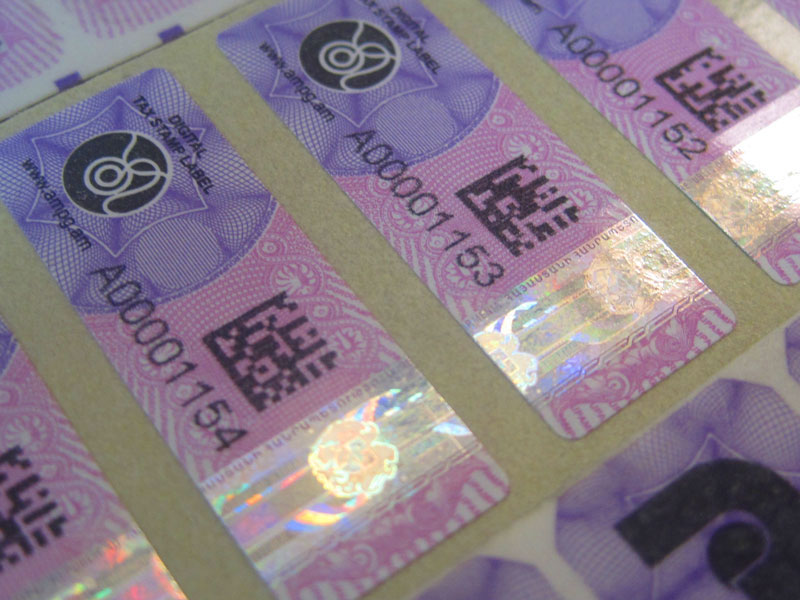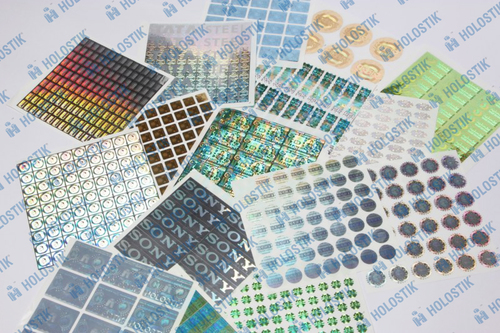In today’s rapidly evolving world, the fashion industry faces a significant challenge: counterfeiting. The proliferation of fake products has led to a surge in demand for anti counterfeit printing in fashion. As brands strive to protect their reputation and authenticity, understanding the importance and implementation of anti-counterfeiting measures becomes crucial.

Understanding the Threat of Counterfeiting
Counterfeiting is not just a minor inconvenience; it is a major threat to the global economy. The fashion industry, in particular, suffers billions in losses annually due to counterfeit goods. These fake products often deceive consumers, damage brand reputation, and result in substantial financial losses.
The Economic Impact
The economic impact of counterfeit fashion items is staggering. Not only do brands lose revenue, but consumers are often left with subpar products that do not meet the quality standards of authentic items. This can lead to a loss of consumer trust and loyalty, further exacerbating the issue.
The Role of Anti Counterfeit Printing
Anti counterfeit printing in fashion plays a pivotal role in combating this issue. By incorporating innovative printing technologies, brands can create unique identifiers that are difficult for counterfeiters to replicate. This not only helps in authenticating products but also deters counterfeiters from targeting specific brands.
Technological Innovations
Recent advancements in printing technology have introduced solutions like 3D holographic labels and nano-text security features. These technologies provide an added layer of security, making it challenging for counterfeiters to replicate products.
Anti Counterfeit Printing Techniques
Various techniques are employed in the fashion industry to ensure product authenticity. These include RFID tags, overt and covert features, and digital watermarking. Each of these methods offers unique advantages in preventing counterfeiting.
RFID Tags
RFID tags are embedded in products to provide real-time tracking and authentication. This technology allows brands to monitor their supply chain and ensure that products reaching consumers are genuine. For more on this, check out RFID Tags in Printing.
Overt and Covert Features
Overt features are visible security measures, such as holograms, while covert features are hidden and require specific tools to verify. These techniques work together to provide comprehensive security against counterfeiting. Learn more about these features here.
The Role of Consumers
Consumers also play a critical role in combating counterfeiting. By being informed and vigilant, they can help identify and report counterfeit products. Educating consumers about the importance of anti-counterfeit measures is essential for the success of these initiatives.
Case Studies: Success Stories
Several fashion brands have successfully implemented anti-counterfeit printing techniques to protect their products. These success stories serve as inspiration for other brands facing similar challenges.
Brand A’s Success with Holography
Brand A integrated holographic labels into their product packaging, significantly reducing counterfeit incidents. This strategic move not only protected their brand but also enhanced consumer trust.
Brand B’s RFID Implementation
By incorporating RFID tags, Brand B was able to track their products throughout the supply chain, ensuring authenticity at every step. This technology has proven to be a game-changer in the fight against counterfeiting.
Challenges and Future Prospects
While significant progress has been made, challenges remain in the fight against counterfeiting. The continuous evolution of technology means that counterfeiters are always looking for new ways to replicate products. However, the future looks promising with ongoing research and development in anti-counterfeit technologies.
The Need for Continuous Innovation
Brands must stay ahead of the curve by continuously innovating and adopting new technologies. This proactive approach is vital to maintaining the integrity of their products and protecting their brand reputation.

Conclusion: A Collective Effort
In conclusion, anti counterfeit printing in fashion is essential for protecting brands and consumers alike. It requires a collective effort from brands, consumers, and technology providers to effectively combat the counterfeit menace. As the industry continues to evolve, embracing innovative solutions will be key to safeguarding the future of fashion.
FAQ Section
Q: What are some common anti-counterfeit printing techniques in fashion?
A: Common techniques include RFID tags, holographic labels, and digital watermarking.
Q: How do holographic labels help prevent counterfeiting?
A: Holographic labels are difficult to replicate, providing a unique identifier that ensures product authenticity.
Q: Why is consumer awareness important in combating counterfeiting?
A: Educated consumers can identify and report counterfeit products, aiding in the fight against counterfeiting.
For more on anti-counterfeit solutions, visit this article.
This article contains affiliate links. We may earn a commission at no extra cost to you.







